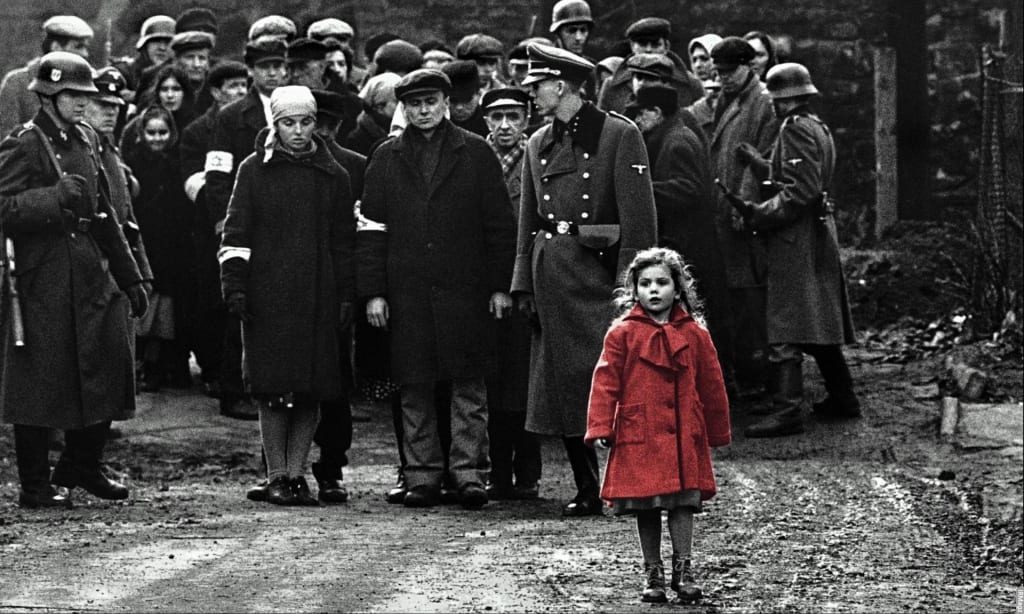A Filmmaker's Guide to: Realism
Film Studies (Pt.15)

In this chapter of ‘the filmmaker’s guide’ we’re actually going to be learning about literature and film together. I understand that many of you are sitting in university during difficult times and finding it increasingly hard to study and I understand that many of you who are not at university or not planning on it are possibly stuck of what to do, need a break or even need to catch up on learning film before you get to the next level. This guide will be brief but will also contain: new vocabulary, concepts and theories, films to watch and we will be exploring something taboo until now in the ‘filmmaker’s guide’ - academia (abyss opens). Each article will explore a different concept of film, philosophy, literature or bibliography/filmography etc. in order to give you something new to learn each time we see each other. You can use some of the words amongst family and friends to sound clever or you can get back to me (email in bio) and tell me how you’re doing. So, strap in and prepare for the filmmaker’s guide to film studies because it is going to be one wild ride.
Realism

What is it?
A realistic presentation that rejects the fantastical and mythical tropes. It deals with everyday circumstances and enhances the very real experiences without moving into the melodramatic.
Realist novels came around in about the time of Virginia Woolf and F. Scott Fitzgerald. The most famous novels of the realist era during the early 20th century. Obviously it existed before that with the novel "The Adventures of Huckleberry Finn" by Mark Twain, but it came into great prominence during the 'Jazz Age'.
Realism deals with the everyday situations of common people who are normally representatives of a 'bigger picture' or a total population/societal group. This makes the book easily relatable to the time and place and easy to analyse through historical context as it is quite literally 'a production of its time'.
What about in film?

In film, it is quite easy to depict realism and social realism because of the fact the filmmaker simply needs to use the literary modes for this. For example: using characters that are directly a representation of a societal group/total population. The modes for literature and filmmaking are pretty much the same, it is just the way the audience interprets them that is going to be different according to the time and place.
For example: when you view the Baz Luhrmann adaptation of "The Great Gatsby" - you immediately notice the glitz and glamour, the jazz age tropes and beauty etc. You notice the drama and tension. Whereas, in the book "The Great Gatsby" you're more likely to notice the symbolic meaning, the textual meaning and the way in which the book is actually very prophetic of an era in a sloping decline.
So the realism portraiture and the way the realism is framed doesn't really depend too much on the filmmaker unless they are purposefully trying to focus on something in particular. It focuses more on what the audience takes from the film. The realism is supposed to be evenly displayed across the whole piece of work and so, when the audience takes something away from it, it will be the underlying message plus something else that they themselves have noticed whilst watching the film. This is also the reason why realist cinema has given the rise to so many theories and criticisms over the years.
Here's your watchlist for learning more about realism so you can see and develop your own theories about it:
- The Hours (2002)
- Schindler's List (1994)
- Trainspotting (1996)
- The Deer Hunter (1979)
- City of God (2003)
Now we've done that, I'm going to give you some further reading in order for you to explore more about realism and social realism. Social realism, though like realism itself, is a branch that comments on the social situations we are in today, or the ones they were in when the piece of work was produced. A fairly good example of this is "Brave New World" by Aldous Huxley.
Further Reading:
About the Creator
Annie Kapur
200K+ Reads on Vocal.
English Lecturer
🎓Literature & Writing (B.A)
🎓Film & Writing (M.A)
🎓Secondary English Education (PgDipEd) (QTS)
📍Birmingham, UK






Comments
There are no comments for this story
Be the first to respond and start the conversation.